Soil Amending
Soil Amending Practices
Soil amendments are simple tools that can be utilized to help increase your vegetable yield, build plant immunity to protect them from pathogens, and even prevent pest issues by feeding your soil the best nutrients needed to ensure success.
Organic Soil Amendments can be made from materials you easily find in your community using plants to feed plants while Inorganic Soil Amendments can be fertilizers manufactured to concentrate nutrients that could either be mined or man-made.
Interested in purchasing soil amendments?
Types of Growing Medium

Sand
Made of: Eroded Rock
Uses: Not ideal for growing unless heavily amended with compost. Does not hold water or nutrients well on the surface but can also hold water deeper underground. Better for root crops like carrots to penetrate.

Silt
Made of: An eroded rock sediment whose particles are between clay and sand.
Uses: Silty soil is usually more fertile than other types of soil, meaning it is good for growing crops. Silt promotes water retention and also air circulation.
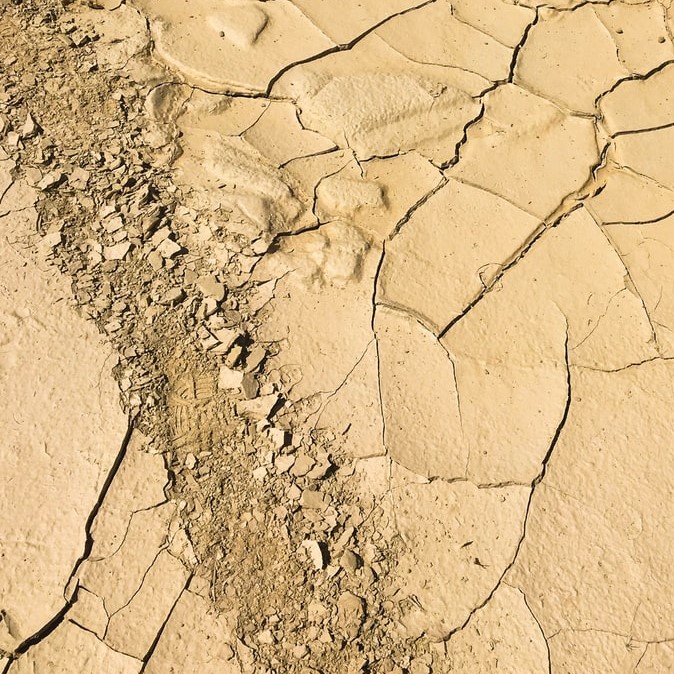
Clay
Made of: High percentage of fine particles and colloidal substance and becomes sticky when wet.
Uses: Can hold moisture and nutrients well but will need to be amended with organic matter to aid in aeration and also the release of moisture retention.

Compost
Made of: Carbon and Nitrogen Rich decomposed matter which can be made by adding 2 parts carbon (leaves or paper) and 1 part Nitrogen (wet food scraps). Breaks down when heated 130-150 degrees Fahrenheit and also makes wonderful plant food!
Uses: Once broken down, it can be tilled in with soil and also used as amazing nutrient-rich plant food and the most ideal substance for growing vegetables.

Top Soil
Made of: Mixture of sand, silt, clay and broken down organic material. When store-bought, it is typically lacking the right amount o nutrients but can hold more soil amendments when supplemented.
Uses: Used best for filling patchy areas for sod but not ideal for growing in dow to it being nutrient deficient.
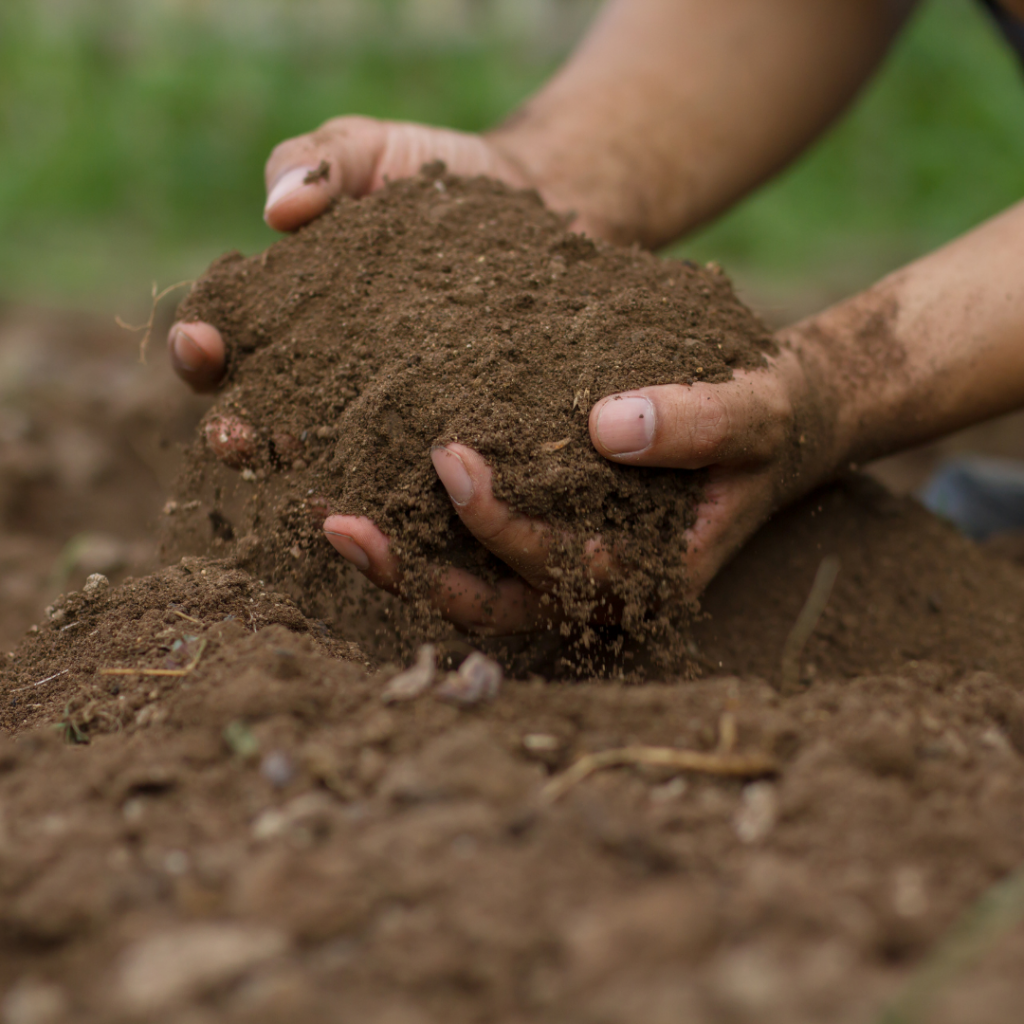
Seed-Starting Mix
Made of: Typically a mixture of store-bought materials, lighter and fluffier mix that can contain peat moss, perlite, vermiculite, and also fine broken down mulch material.
Uses: Great for small seedling starts in your greenhouse when you are germinating delicate seeds in a controlled environment.

Potting Mix
Made of: Store purchased or made-at-home substrate that has no natural soil and is formulated with ground tree bark, peat moss, and perlite. Can be similar to the seed starting mix.
Uses: Best suited for vegetable growth in pots but can be utilized in a vegetable garden outdoors.

Native Soils
Made of: Made of natural soil that can have a more bulky organic material top layer from natural plant decomposition. This can be particular to your area
Uses: Best suited for Native Landscaping of plant varieties native to your area. Depending on the levels of sand, silt, and clay, this growing medium may be able to be amended for growing vegetables.
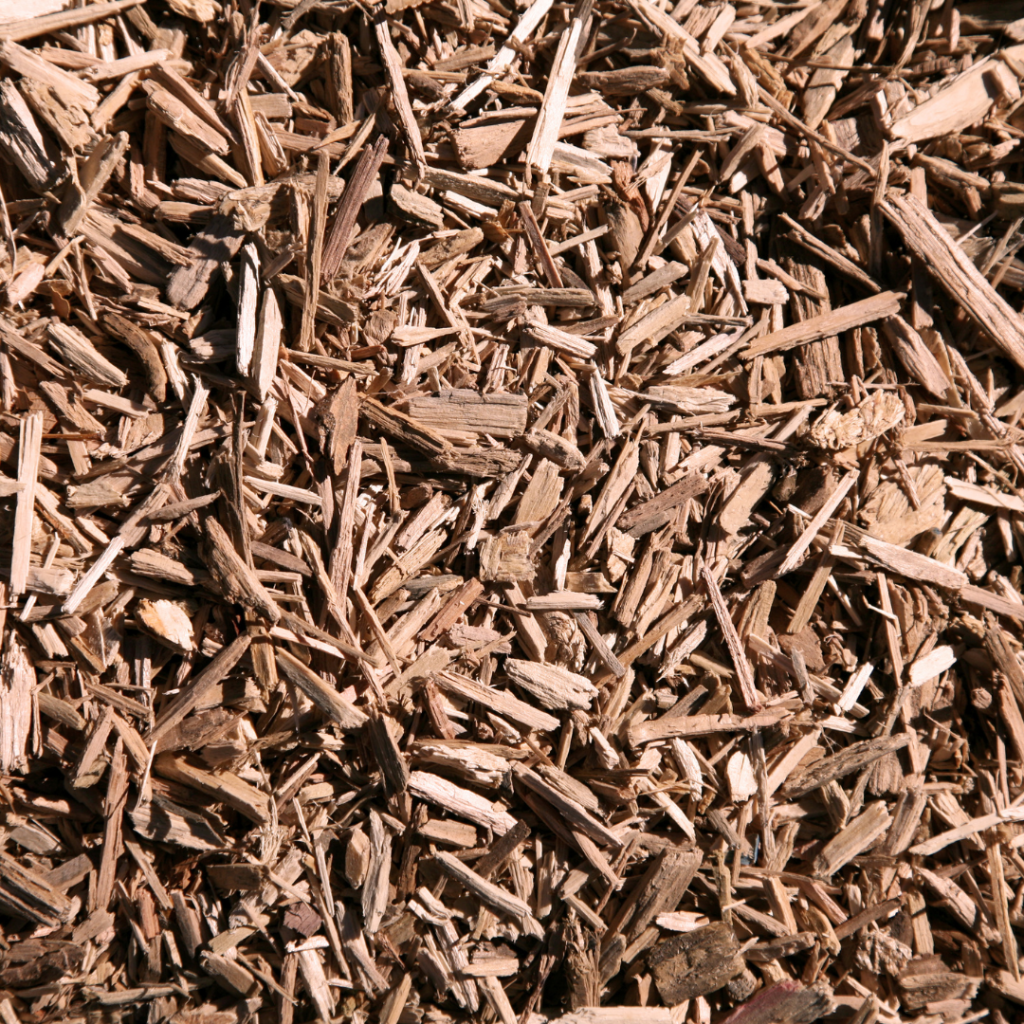
Mulch
Made of: Material consisting of leaves, chipped bark, or dried grass clippings.
Uses: Great to add to compost for carbon and also great to use around the garden to decompose carbon over time. Can be used as a natural weed deterrent, especially when layering over cardboard. This medium can breakdown over time to add organic matter to the soil.
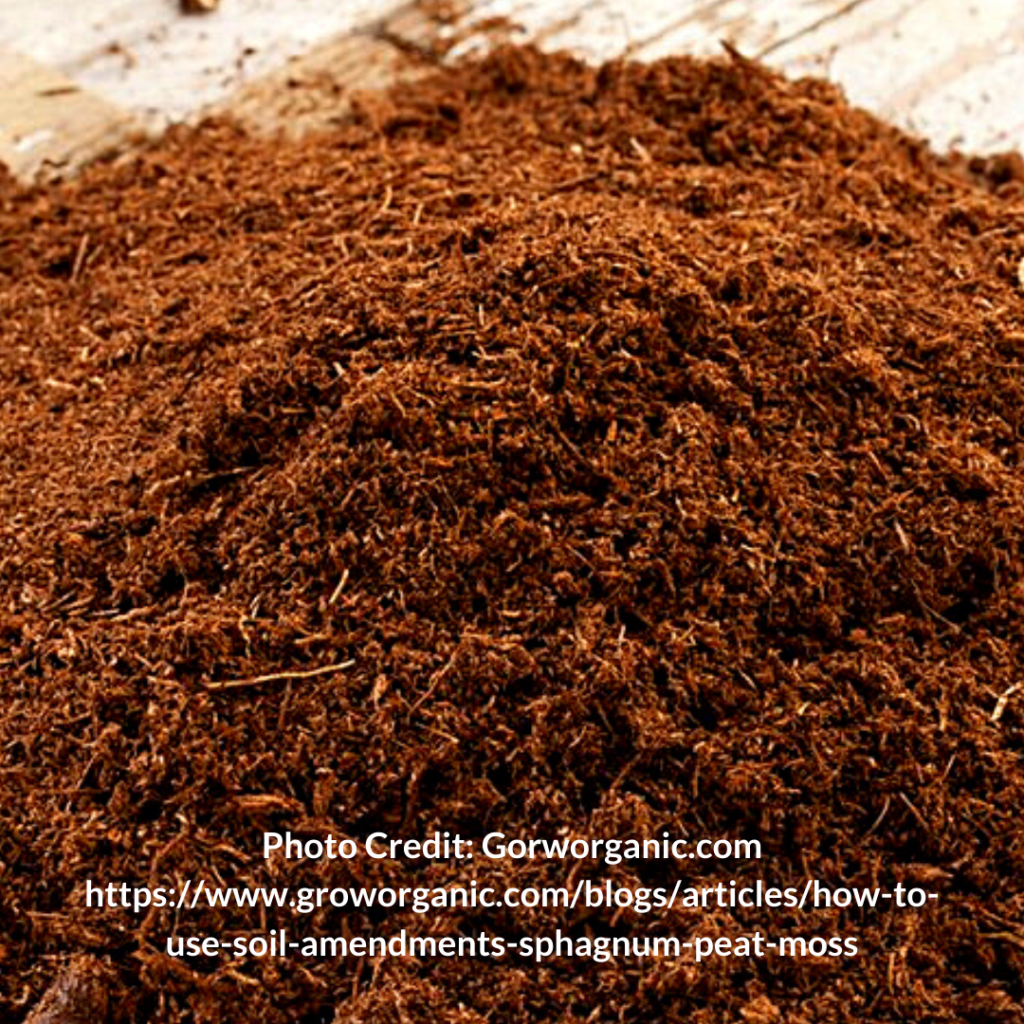
Sphagnum Peat Moss
Made of: An absorbent moss found in boggy areas where lowers parts are decaying. Sphagnum Peat Moss has a higher acidity but sphagnum moss has a neutral pH.
Uses: Fluffy and airable content that helps add easy-to-grow consistency for seeding mixes can great for packing plants or seeding. *May not be an unsustainable choice as it can take thousands of years to develop and extraction from bogs can destroy swamp environments.
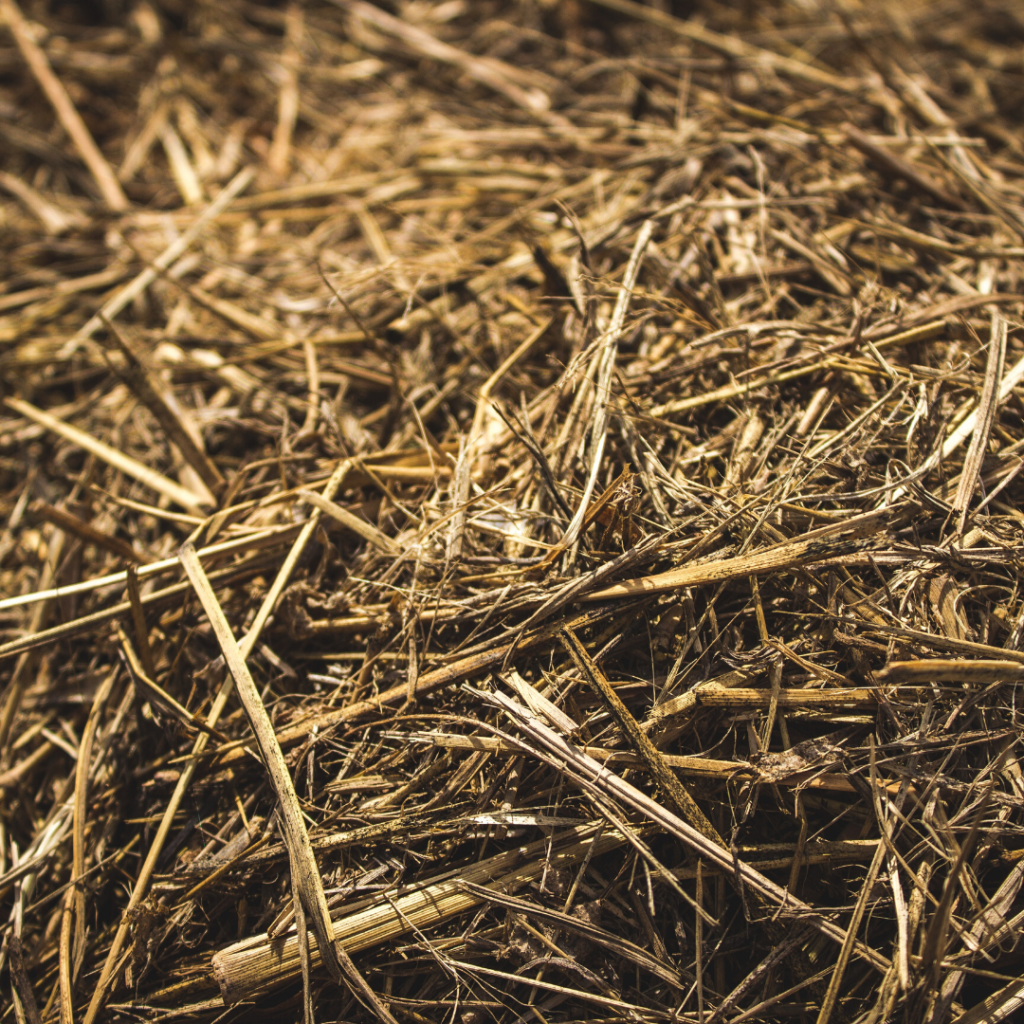
Hay
Made of: Stems, leaves, and seeds of the plants that are used to feed livestock. This material is rolled into bales and dried.
Uses: Can be used as a lighter version of mulch to breakdown for the soil, create a habitat for worms and other beneficial insects surrounding the garden, and can also help keep the ground below cool to extend crop growth in the warmers months. Pine needles, dried grass clippings, coconut coir, and straw are also version of this same effect.
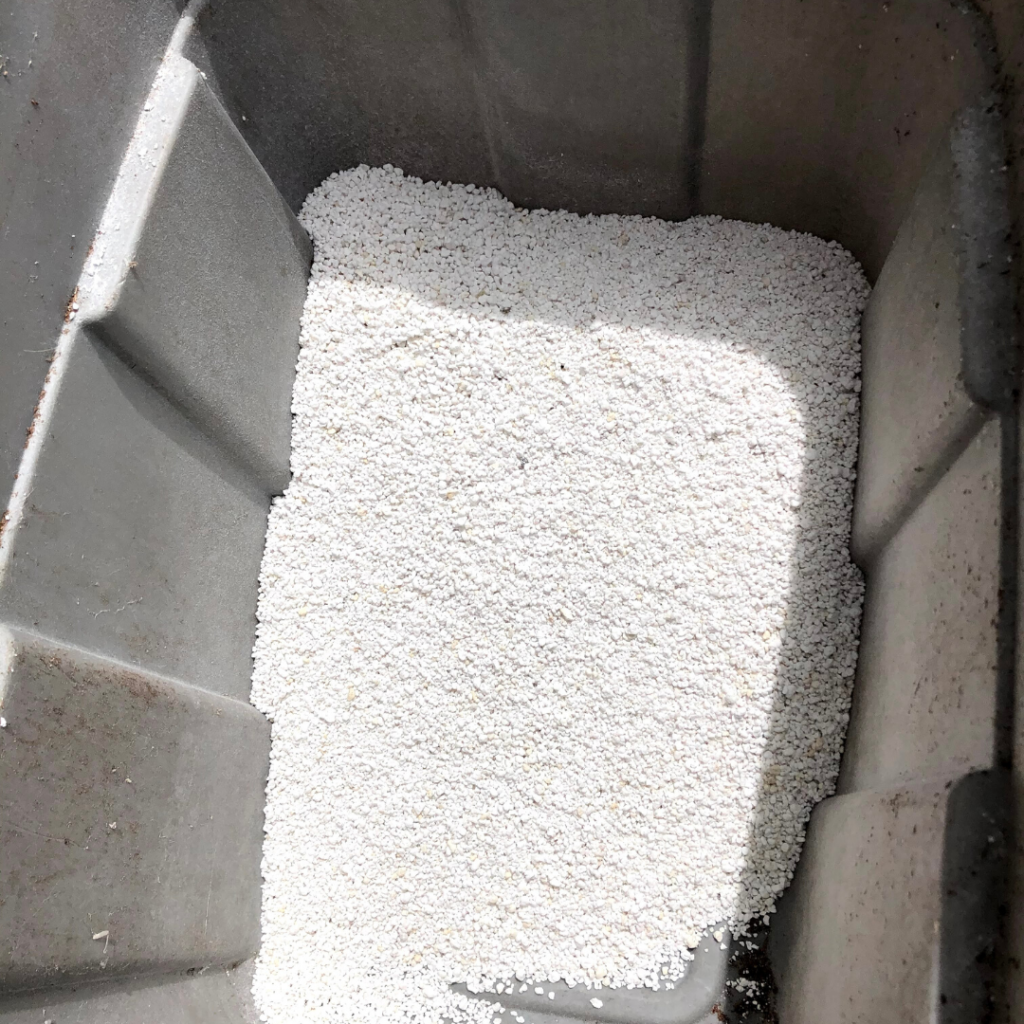
Vermiculite/ Perlite
Made of: Vermiculite- a light in color silicate material that has a soft, sponge-like texture.
Perlite is a white, harder material that is mined from volcanic rock.
Uses: Vermiculite- Will mix with soil and help to retain water and will interact with potassium, calcium and magnesium in your soil. It also helps to raise the pH slightly of your plants even though it’s a neutral pH of 7.0. Perlite – Will add drainage to the soil that it’s mixed with, improve soil aeration by lightening the soil, and giving better drainage and oxygen access for your plants’ roots.
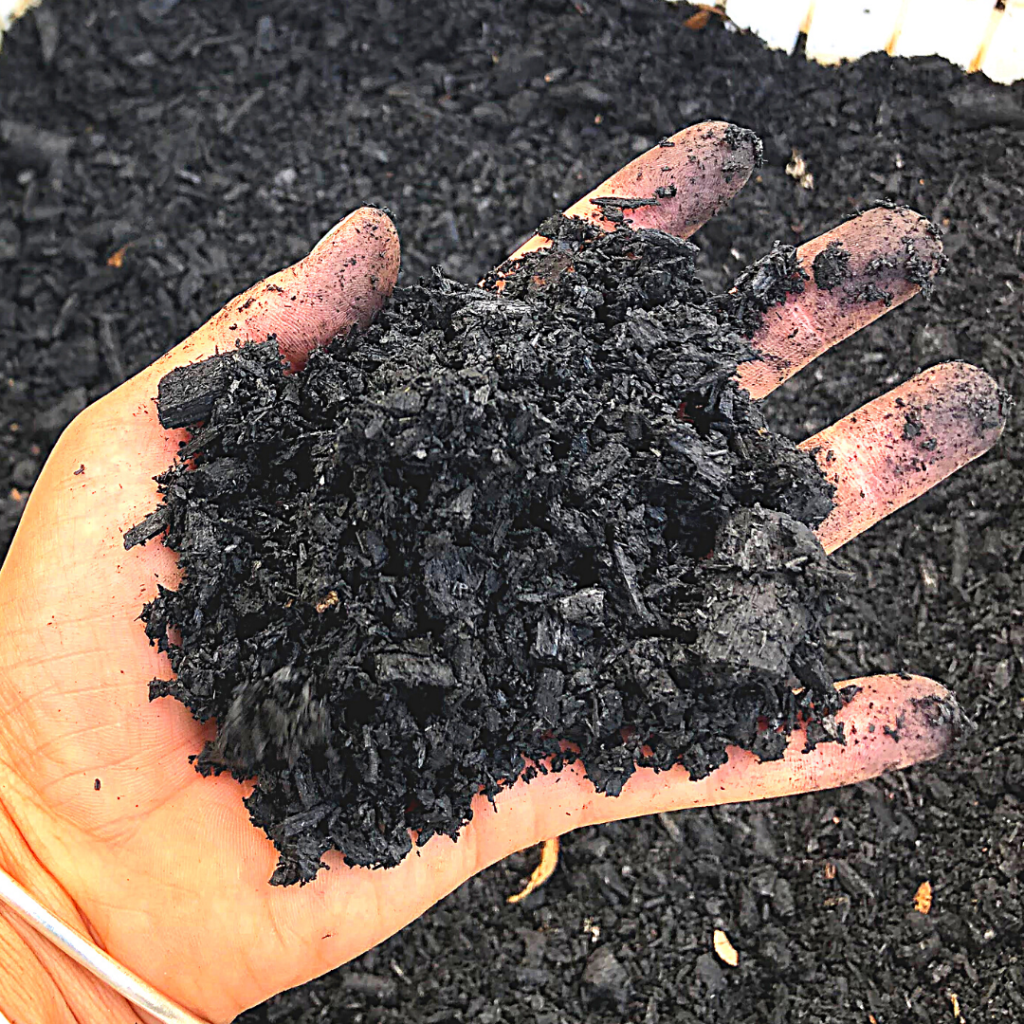
Biochar
Soil Amendment Properties: A charcoal-like substance that can be made by a controlled process (called pyrolysis) that condenses burning wood material into this ultimate carbon-dense form.
Uses: Helps in the process of holding on to nutrients and water like a molecular porous sponge and slowly releases it into the ground so plants can benefit for longer periods of time.
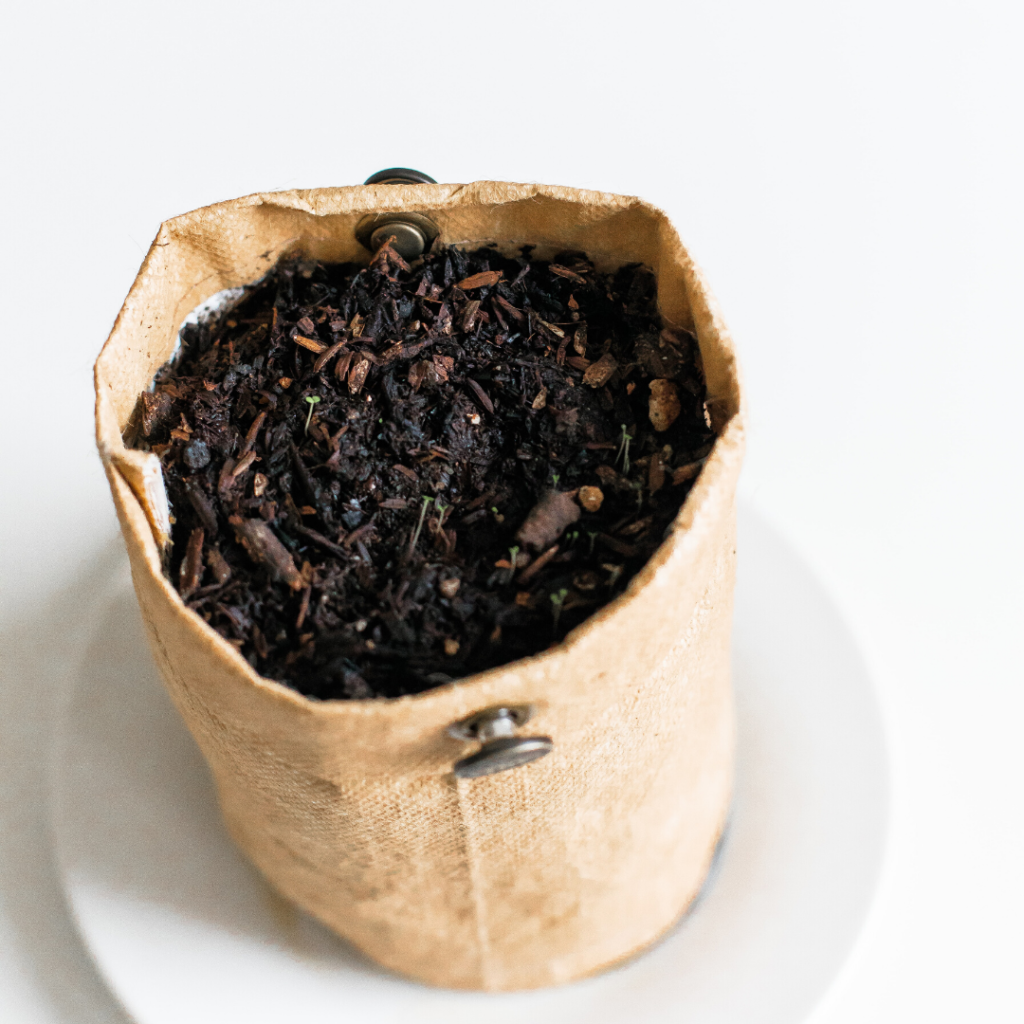
Worm Castings
Soil Amendment Properties: One of the richest natural fertilizers that a person can use. Made from the product of earthworm excrement which is full of nutrients.
Uses: Loaded with nutrients and minerals, this is a concentrated dose of phosphorous, magnesium, potassium, calcium, and nitrates for plants hungry for growth. Additional resources are available HERE.

Bat Guano
Soil Amendment Properties: Natural Fertilizer made of the excrement of bats which eat insects and have a high protein diet perfect for plants.
Uses: Not only can this substance help enrich and feed the soil but it also combats nematodes and is a natural fungicide as well. It is often also used as a compost activator, meaning it helps expedite the decomposition of compost.

Mushroom Compost
Soil Amendment Properties: This compost is the byproduct of mushroom farming, typically including decomposed hay and mushrooms. This enriches the soil by adding nitrogen and other nutrients but also increases the ability to hold water in the soil.
Uses: Can be used as a soil additive and can be included in compost tea as a helpful nutrient boost.

Neem Meal
Soil Amendment Properties: Made of the seed of a neem tree and has nitrogen, phosphorous, and potassium.
Uses: If added to the soil before the intended growing season, it can help young plants build immunity to pests by absorbing pest deterring properties of the neem oil. It helps fight off nematodes and other pests due to the residual limonoid content. It also reduces the alkalinity in the soil.
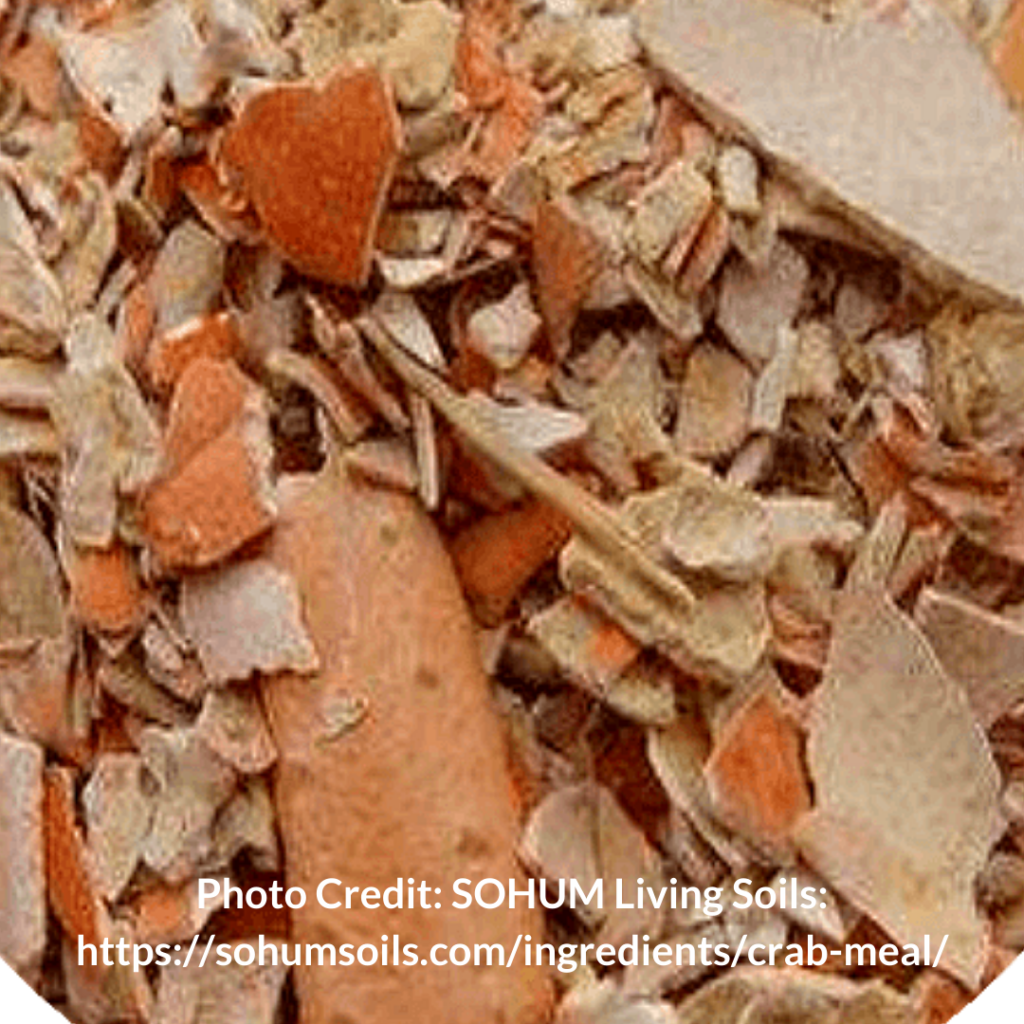
Crab Meal
Soil Amendment Properties: Made of crushed crab shells and can provide a balance of nitrogen, phosphorous, and other organic fertilizer properties.
Uses: When crushed and made into a powder, it releases “chitin” which is a natural pest repellent and can rid your garden of pesky nematodes. Can be added to compost for a slow release of nitrogen as well.
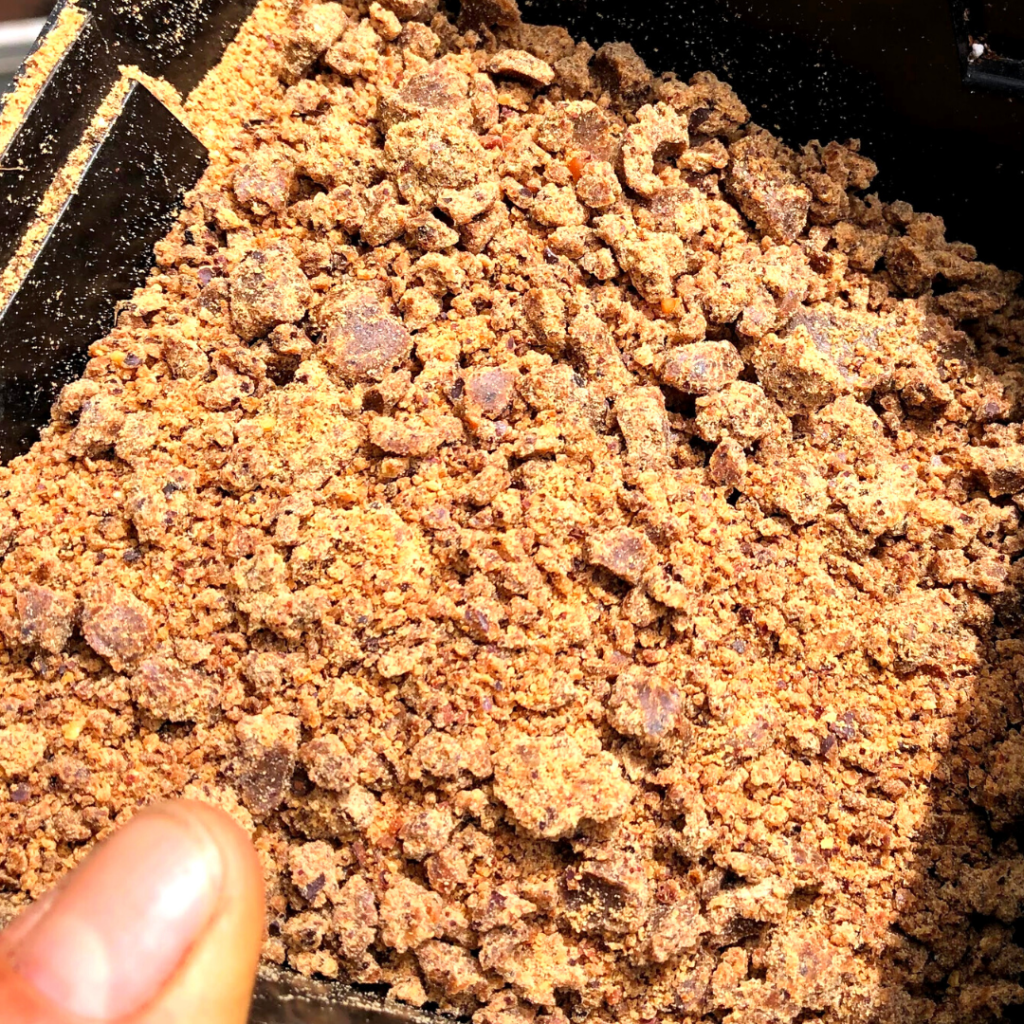
Karanja Meal
Soil Amendment Properties: Very effective nematicide, well known for additional medicinal properties. Effectively combats root rot from nematodes and is rich with NPK which increases soil fertility.
Uses: Can be added directly sprinkled onto the soil and have a pesticidal value as well as effectively feeding the soil. It helps to fight pathogens and increases the immune system of many crops.
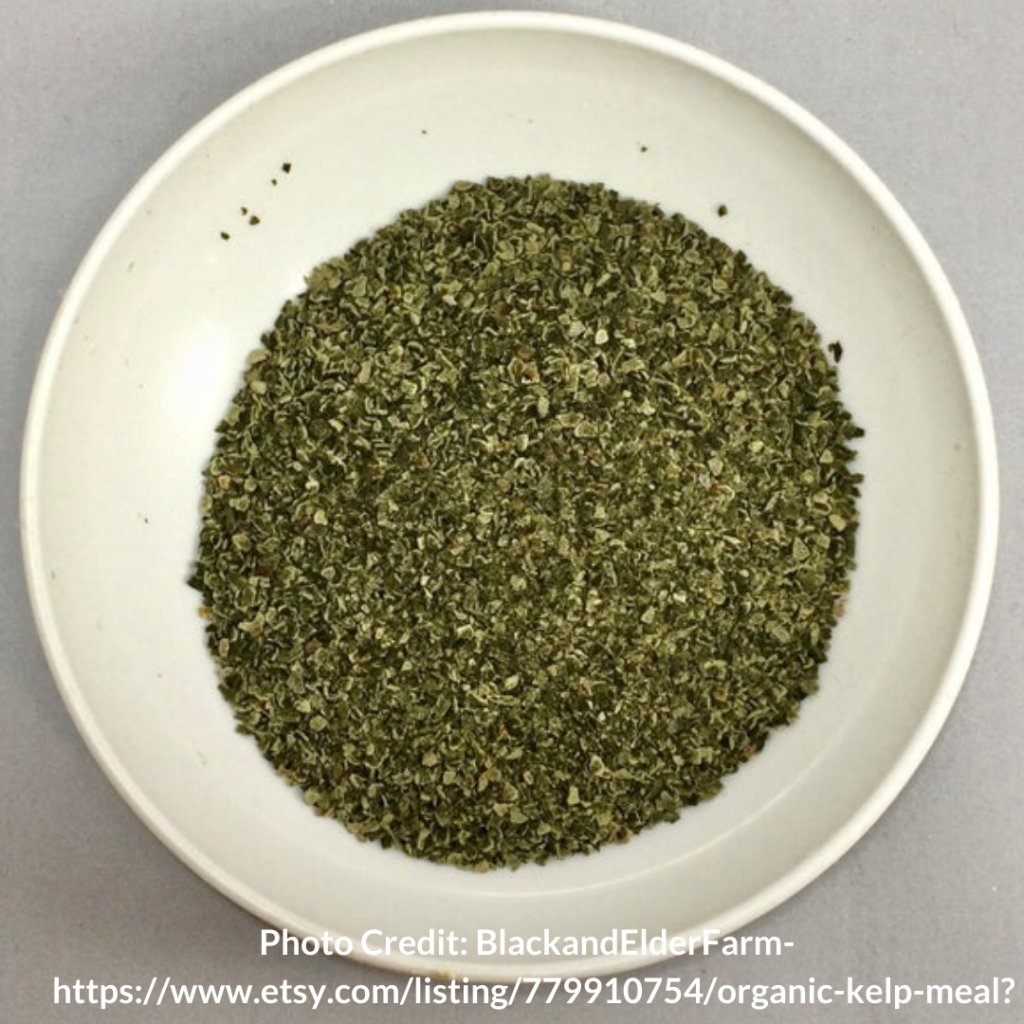
Kelp Meal
Soil Amendment Properties: Kelp meal (Ascophyllum nodosum) is made of dried seaweed and enhances root mass by adding a slight amount of N, P, K and adds micronutrients, growth hormones and other vitamins to the soil. This reduces stress on young plants, especially in the drier months.
Uses: When added to the soil, plants absorb these nutrients and have a healthier immune system that can increase the prevention of illness/ diseases and pest challenges.
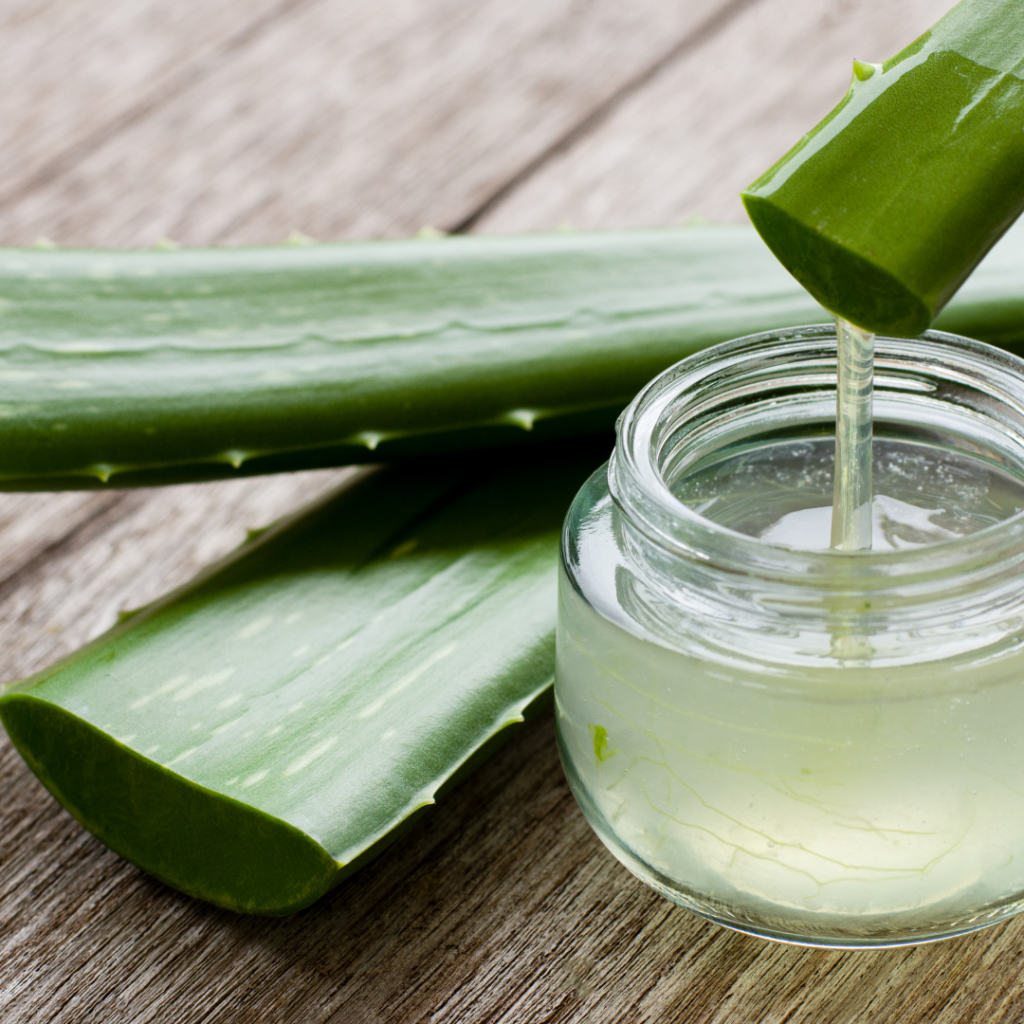
Aloe Vera
Soil Amendment Properties: The gel of the leaves are loaded with bioactive compounds that include vitamins, amino acids, minerals, and antioxidants.
Uses: Grind up into a liquid and add water to create a natural fertilizer that contains, carbohydrates, Vitamin B1, B2, folic acid, enzymes, proteins and much more!

Mint/ Basil
Soil Amendment Properties: High in nitrogen and has many natural bug repellent properties that can be used in water to spray directly on plants.
Uses: Add to compost tea and allow these nutrients to be absorbed by plants or you can use this as a companion plant below a particular crop.

Basil
Soil Amendment Properties: Comprised of essential oils such as linalool, methyl chavicol (estragole), cineole, eugenol, and myrcene, and is rich in antioxidants, vitamin K, Calcium, magnesium, and potassium.
Uses: Flowers are terrific pollinator attractors and can also be edible. The scent can also deter pests.

Coffee Grounds
Soil Amendment Properties: Increases the nutrients and water retention for microorganisms in the soil to thrive. Improves the tilth of the soil and increases water retention as well as manages pests.
Uses: Sprinkle into the soil or compost in order to evenly mix into the earth prepared for growing vegetables.
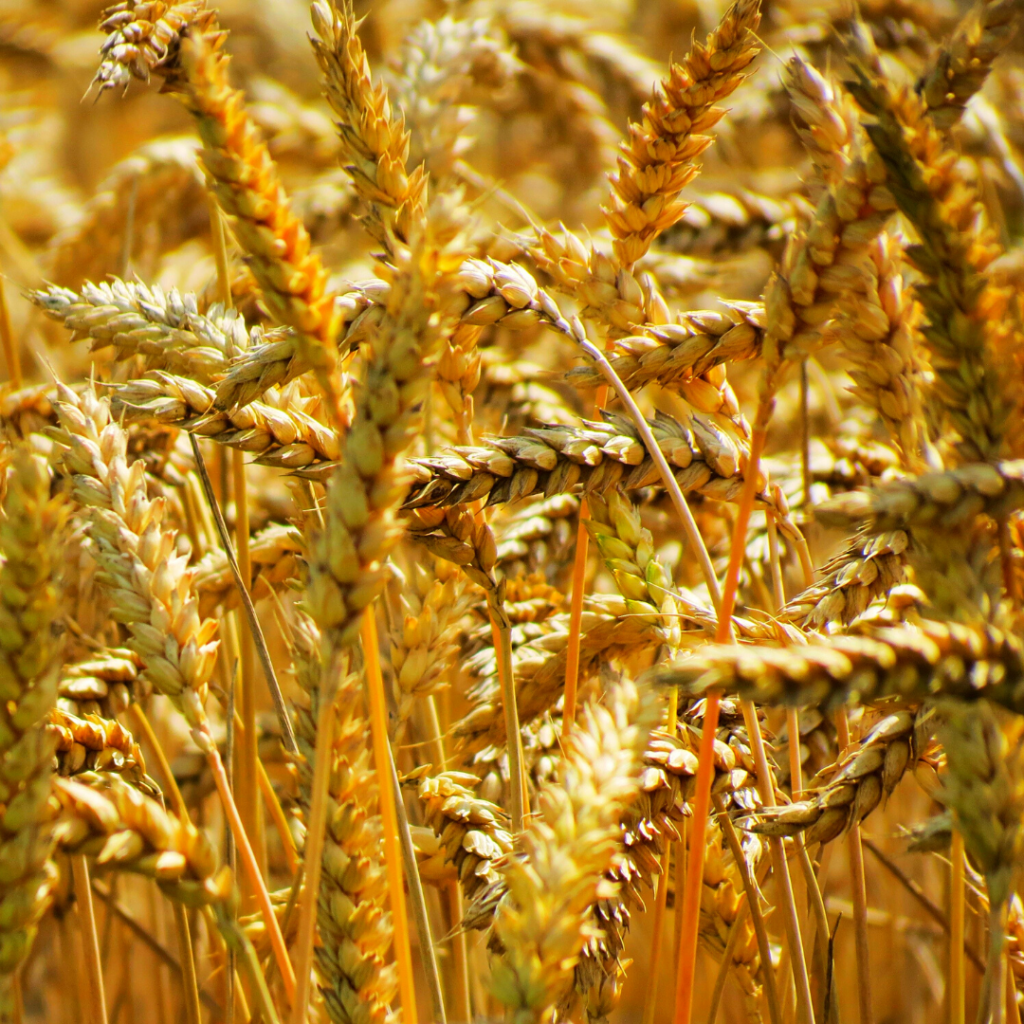
Barley Grains
Soil Amendment Properties: Incredible enzyme that helps to expedite the breakdown and disbursement of nutrients in the soil. composed of glucose, chitinase, phosphatases, cellulase, and ß-glucosidase (and more).
Uses: Till into your compost or directly into the soil. This enzyme makes nutrients that take time to break down and release into the soil quickly bioavailable to your plants in need. Additional Resources HERE

Fish Emulsion
Soil Amendment Properties: Improves the ratio of macronutrients needed in plants (N,P,K) to 4-1-1 and is a great way to quickly add nitrogen through a foliar spray.
Uses: This is an all-purpose garden fertilizer that can be used as a tea or a spray for indoor and outdoor plants. Follow the instructions carefully for not to damage or “burn” the plants with too much nitrogen.
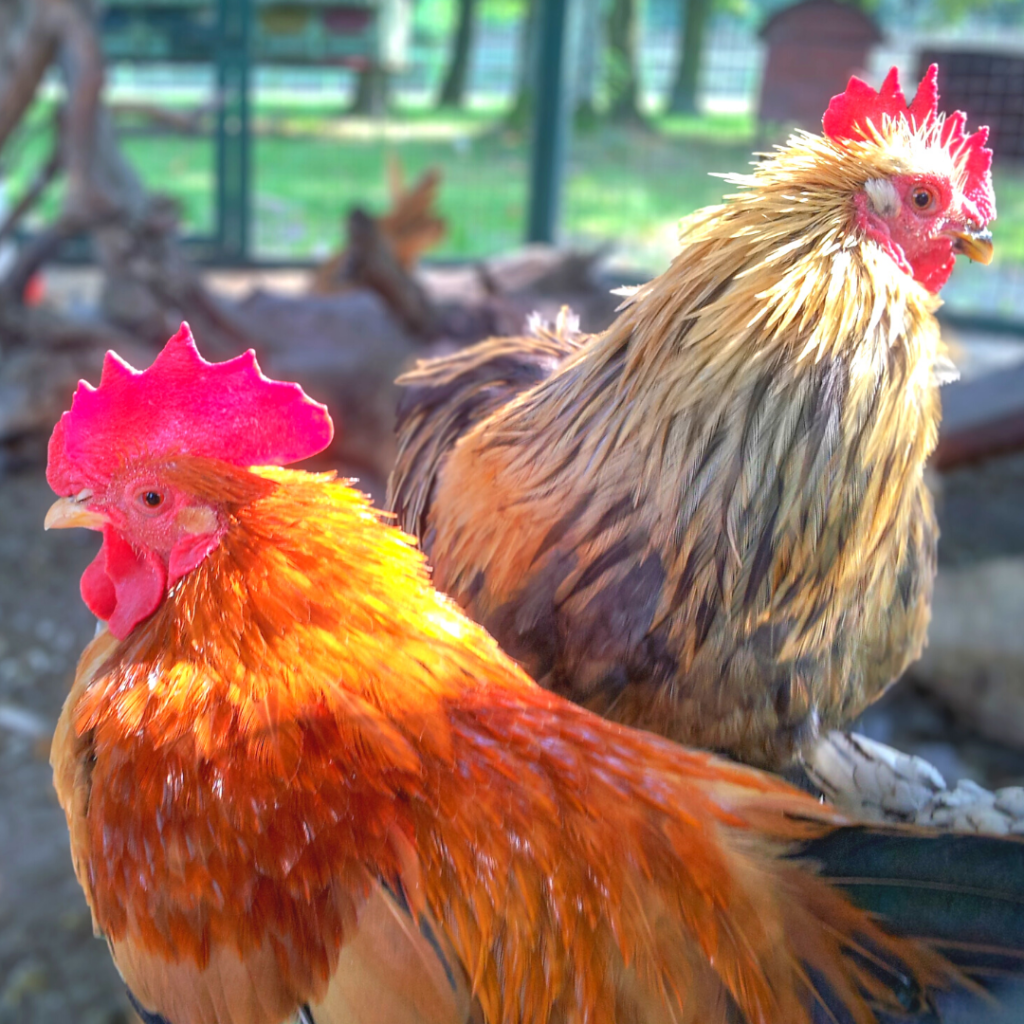
Chicken Droppings
Soil Amendment Properties: Great garden fertilizer due to the high levels of nitrogen, potassium, and phosphorous. However, too much directly on plants can “burn” and overfertilize.
Uses: Till directly into the soil or add to compost but be sure to add small amounts at a time to not overfertilize the plants directly on their roots. Cow/ Horse manure is also effective.
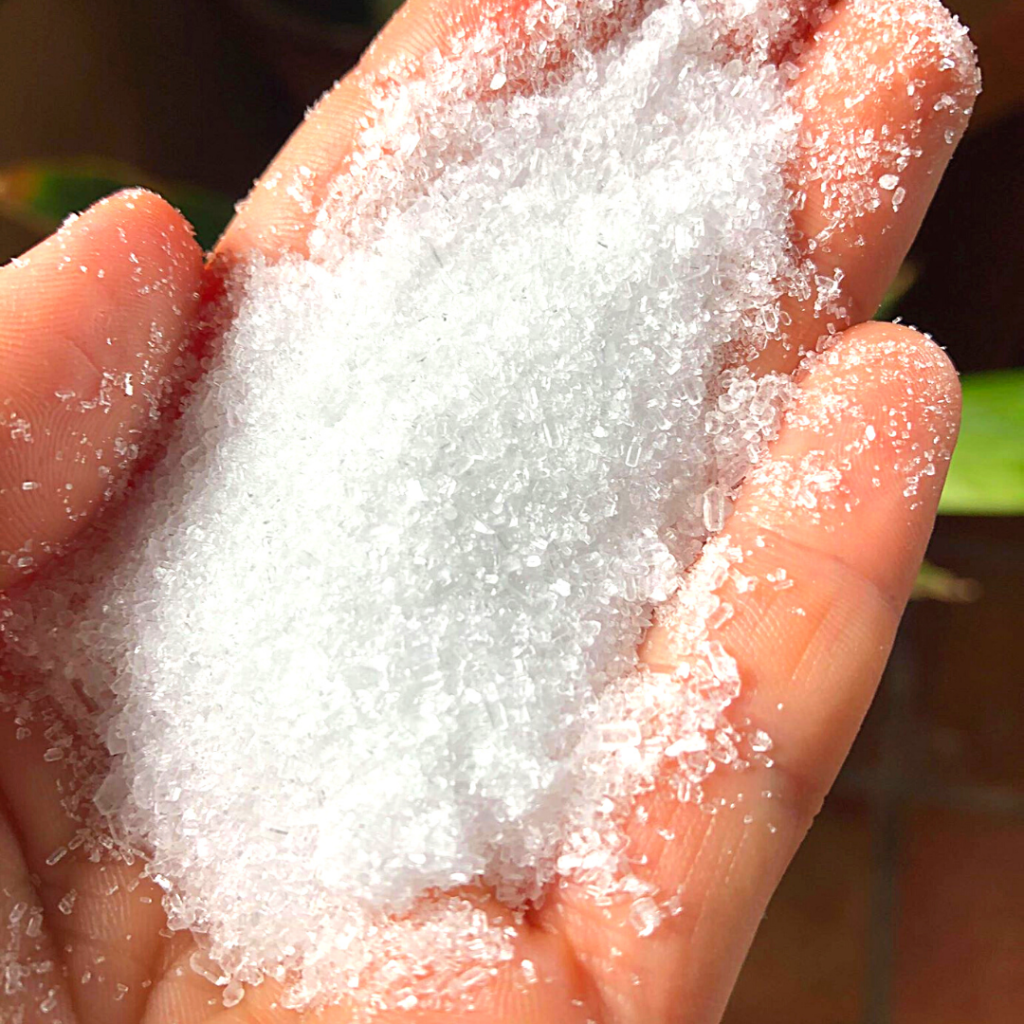
Epsom Salt
Soil Amendment Properties: Composed of Magnesium Sulfate, adds what plants need for more consistent blooms and darker leaves.
Uses: Prepare one tablespoon per gallon into a foliar spray and apply once per month to heighten productivity for fruiting plants.
Compost Tea Tips
Compost Tea is the result of steeping organic compounds together with compost and water to create a liquid fertilizer with a multitude of various plants and amendments.
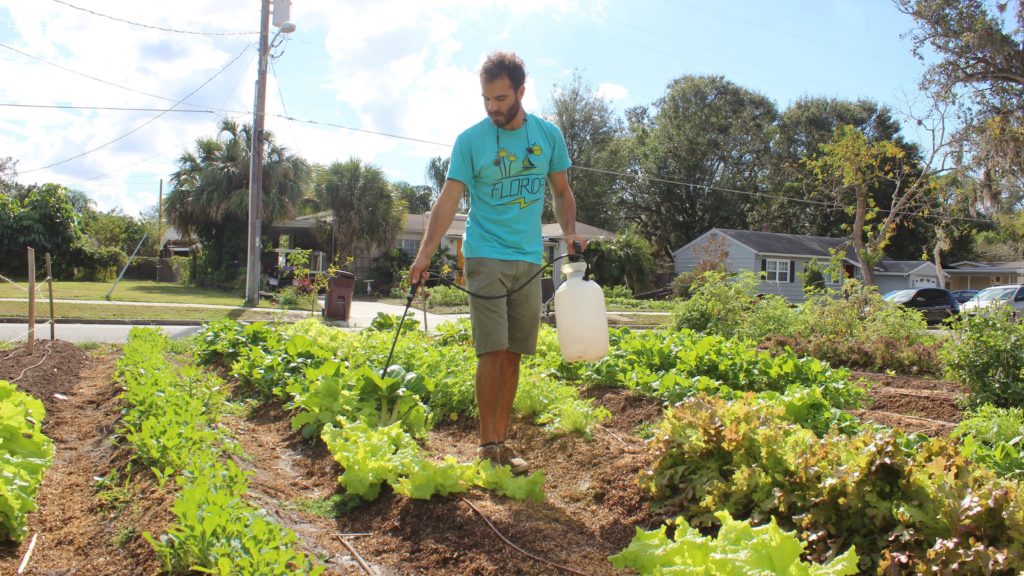
- Prepare your bins or buckets with water left in the open air overnight or aerate the water to release any chlorine.
- You can pour compost directly into the water or use a nylon bag/ upcycled pantyhose as a “compost teabag”
- The finer the materials, the easier it is for the chemicals to secrete from the plants/ amendments. By blending them in a food processor or blender, you can break down the materials as much as possible for optimal results.
- Apply the use of an aerator or air pump into the water to encourage oxygen for at least 24 hrs, which is essential for the beneficial fungi and bacteria in the compost to start working. After, you will have a rich, frothy brew with foam as the indication of a completed brew. Add to your soil within 4-6 days of brewing.
- Compost, mexican sunflower, karanja meal, neam cake, mint, aloe, herbs, comfrey, and worm castings can make for the best compost tea one can use.
- Adding biochar can help to absorb these nutrients on a molecular level and can slowly release them into the soil over time.
- Apply weekly by pouring directly onto the soil or spray on the leaves of the plants.
- Can be used for indoor or outdoor plants.
- Manure or Chicken/rabbit droppings can also be used.

Foliar Spray Tips:
Keep your old spray bottles or purchase a garden sprayer to use as a way to spray the leaves of your plants with a foliar recipe that can feed your crops during your weekly amendment routine!
- Boil your water first and leave in open are throughout the night for any toxins or chlorine to be released.
- Follow the instructions and add the proper nutrient ratio per the container size.
- Be sure to wear gloves and masks when using concentrated oils/ chemicals.
- Neem oil, Aloe, Epson Salt, and Mexican Sunflower make a great monthly spray.
- Aloe, Lemongrass, Cinnamon, Ginger, Rosemary and other herbs keep the pests away.
- Botanical Teas can be used as a watering replacement and can have high nutritional items like Karanja meal, neem cake, lavender, oregano, and comfrey. The more you feed them, the more you will see results.
- Root Drenge Recipies are for weekly use and can have heavier substrates that can be used to activate nutrient absorption like barley grains or Humic acid
- Neem, Aloe, Mexican Sunflower, Karanja Meal, and Comfrey are the top soil amenders
Other Growing Tips
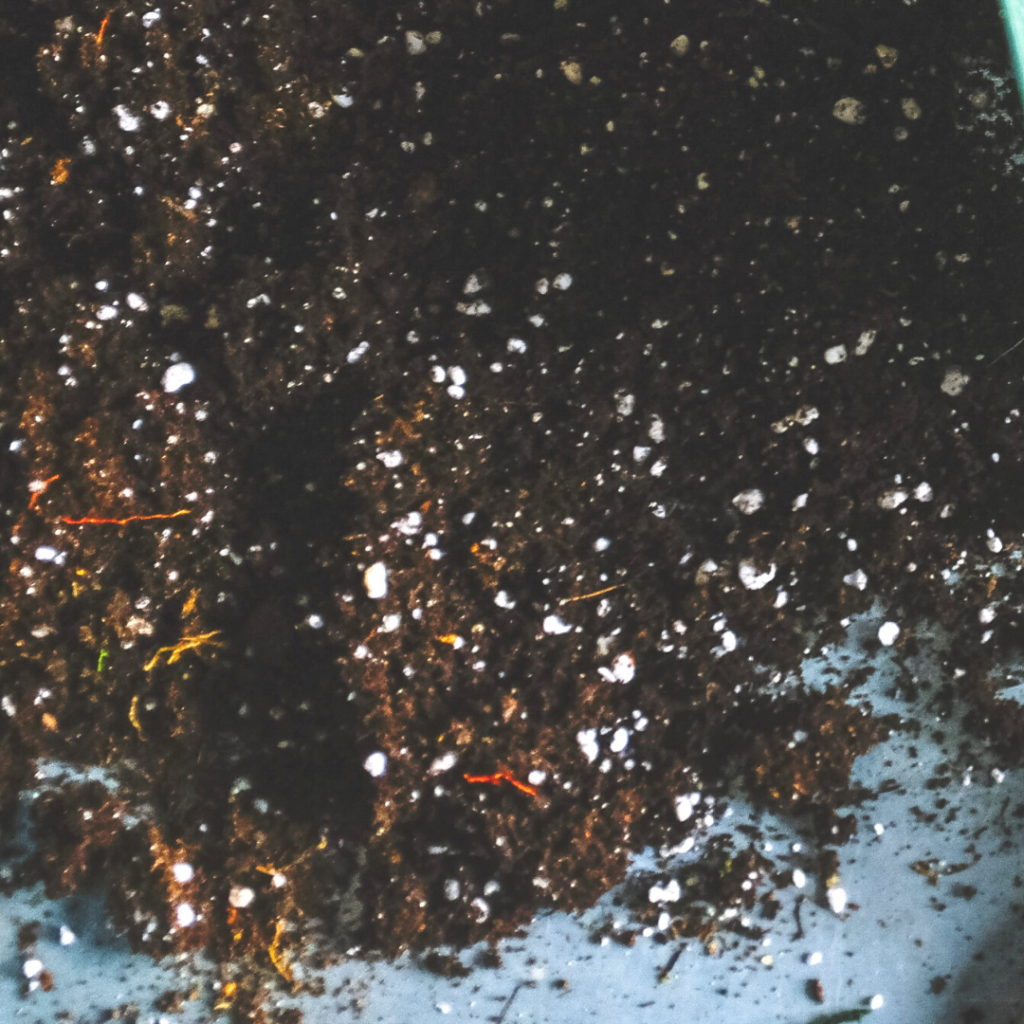
Pearlite/
Vermiculite
Aeration and moisture retention are important characteristics your vegetable garden soil will need to provide oxygen and nutrients into the root systems of your plants. Adding perlite and vermiculite will help absorb these nutrients for a slow release and will loosen up soil for happy root growth.
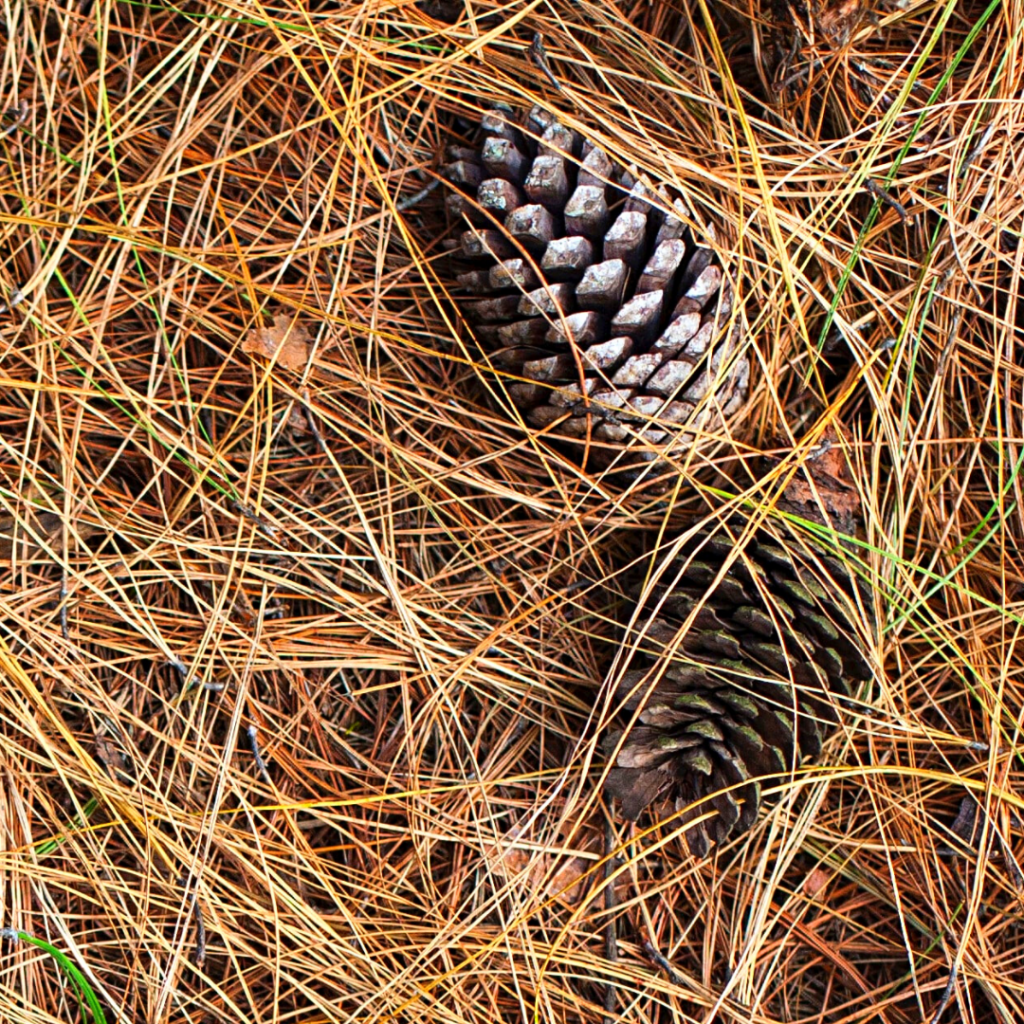
Sheet Mulching
You can find free cardboard around stores that throw away this valuable resource for gardeners who want to deter weeds and feed their soil long term. Use layers of cardboard and mulch/ pine needles in the border and walkways of the garden that will break down and feed your soil long-term.
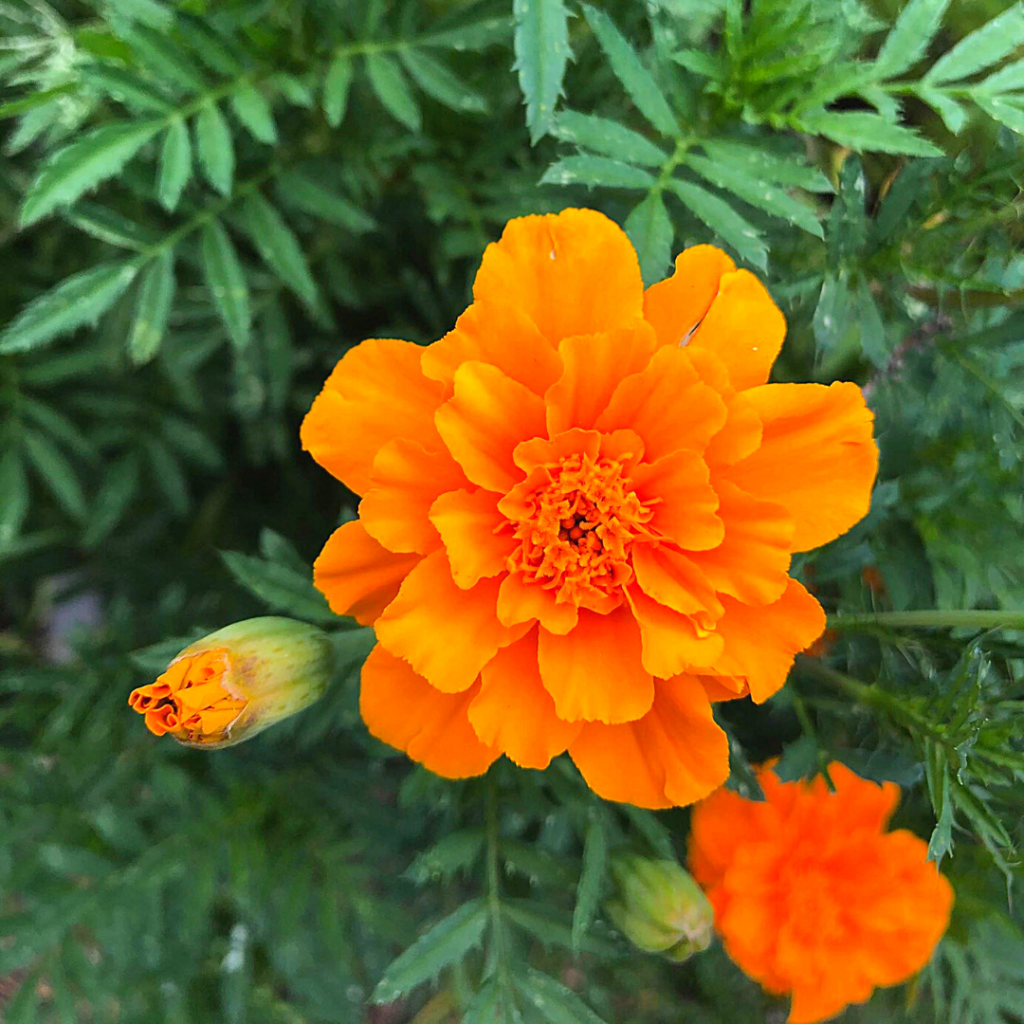
Beneficial Flowers
Planting pollinator-friendly flowers and other flowering plants can help deter pests, attract predatory insects, and even help feed your plants essential oils beneath the surface. Marigolds are an excellent example and diverse Native Flowering Plants help feed nectar to our pollinators all year.

Companion Planting
Feed your plants with other plants by finding vegetables and herbs that work well together in the soil. When designing your planting schedule for the season, check out which seasonal plants should be planted directly next to one another.
Composting 101
Composting is the natural process of recycling organic matter, such as leaves and food scraps, into a valuable fertilizer that can enrich soil and plants. Anything that grows decomposes eventually; composting simply speeds up the process by providing an ideal environment for bacteria, fungi, and other decomposing organisms (such as worms, sowbugs, and nematodes) to do their work. The resulting decomposed matter, which often ends up looking like fertile garden soil, is called compost.
Quick Composting Tips:
- Try to place your compost bin in an area that will heat to 130-150 degrees Fahrenheit.
- The best Compost has a 2-1 carbon/nitrogen ratio meaning for every bucket of wet food scraps, you want to add two buckets of dry leaves or grass clippings.
- Do not add dairy products or raw meat.
- Keep relatively distant from your house and protect it from the elements
- Wet it with water every week
- Till the compost once per week and pause from adding more food scraps for at least 6 weeks once full.
- Sift through the bulky material into a bucket for the finished compost at the end of the 6 week period.
- Use diverse food scrap material such as raw plant material, coffee grounds, egg shells etc.
Additional Resources:
- Premium Worm Casting/Karanja Meal Supplier: Revival Gardening
- Food Scrap Collection Service: O-Town Compost
- Purchasing Organic Seeds: Revival Gardening Resource Page
- UF/IFAS Central Florida Garden Guide
